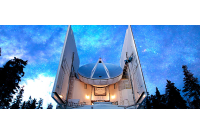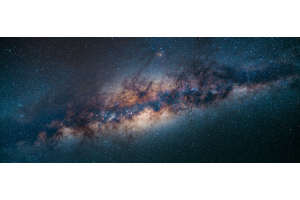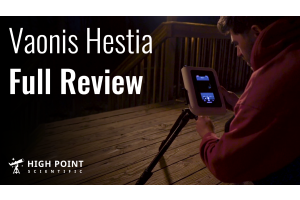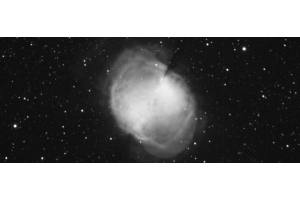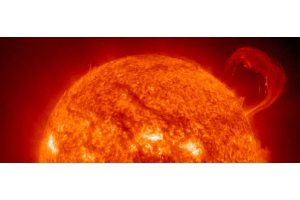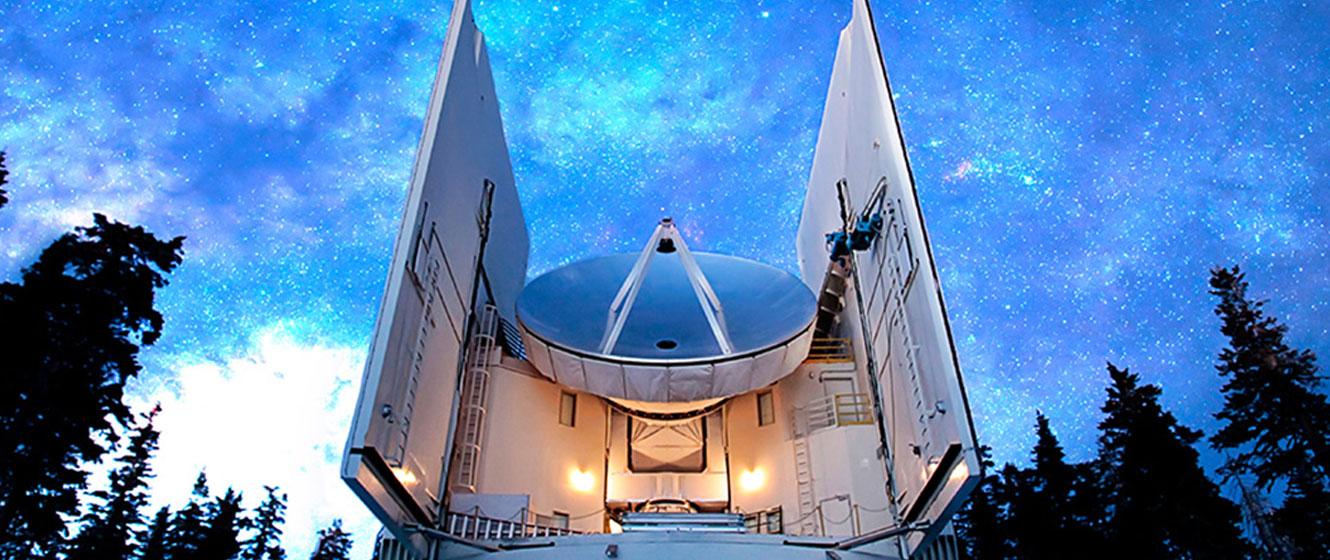
Observatories are home to some of the biggest and most impressive telescopes in the world. As many amateur astronomers know, there are many ways to experience the night sky beyond looking through a home telescope observatory in your own backyard. Arizona has an impressive number of observatories that offer a wide variety of star parties, tours and observatory programs that will expand your knowledge of astronomy. Whether you’re new to astronomy or have been in the hobby for years, Arizona observatories will are sure to spark in you a true love of the night sky.
For your convenience, we have compiled an alphabetical list of observatories in Arizona that offer programs for the public.
Disclaimer: This information was collected from the observatories’ websites in December 2018. Some information may be subject to change if the websites are updated. If interested in visiting one of the listed observatories, please contact the observatory for the latest information prior to your visit.
Apache-Sitgreaves Observatory
The Apache-Sitgreaves Observatory, located in Overgaard, Arizona, is operated by the Apache-Sitgreaves Research Center. With a mission to introduce astronomy and the wonders of the universe to visitors, this observatory offers the largest public observing telescope in Arizona!
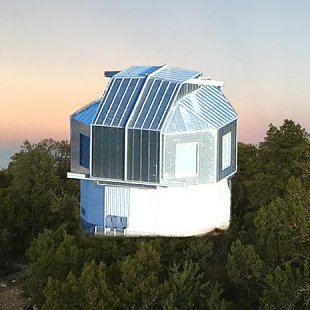
Visiting
Open on select nights, the Apache-Sitgreaves Observatory offers various educational programs that start between 7-9 p.m., depending on the program. The public’s interest in the education programs offered by the observatory keep the observatory open. To see the dates and times for upcoming events, check out their educational programs calendar.
Embry-Riddle Prescott Observatory Complex
The Embry-Riddle Prescott Observatory Complex, ranked among the nation’s top college astronomy observatories, is in beautiful Prescott, Arizona. This observatory consists of the Optical Observatory as well as the Radio Observatory and gives students the opportunity to conduct research and work on student projects.
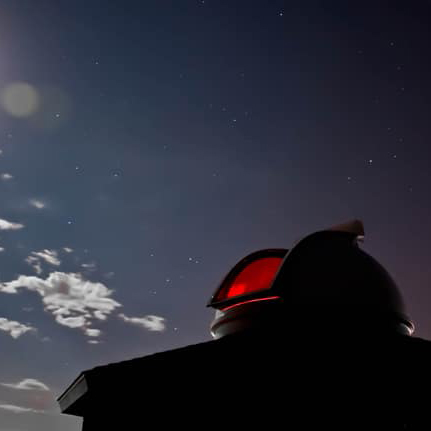
Image Credit: The Embry-Riddle Prescott Observatory Complex
Telescopes
The primary telescope used at the observatory is a 16-inch Meade computerized telescope LX600-ACF, equipped with a scientific-quality CCD camera.
The radio telescopes are as listed:
- Dipole Array Radio Telescope (DART) made for pulsar timing measurements
- 4-meter dish equipped with a 1420 MHz receiver
- 14-meter HERA dish
- Radio Jove dipole antenna made for measuring Jupiter’s violent magnetosphere
- Multi-element Yagi antennas made to detect over-the-horizon radio signals “bouncing” off meteor trails
Visiting
For those wishing to visit the facility in person, call (928) 777-600 or (800) 888-3728 or email [email protected]. A virtual tour of the observatories is also available.
Fred Lawrence Whipple Observatories
The Fred Lawrence Whipple Observatory is a field installation of the Smithsonian Astrophysical Observatory located near Amado, Arizona on Mount Hopkins. The observatory operates on three different elevations. From the top of Mount Hopkins down, it goes as follows: “The Summit” at an elevation of 8,585 feet, “The Ridge” at 7,800 feet and the Visitor Center Area at 4,230 feet.
Telescopes
The Summit
The 6.5m MMT (256 inch) telescope is used for the solar system, galactic and extragalactic astronomy. This is a facility that is jointly operated by the University of Arizona.
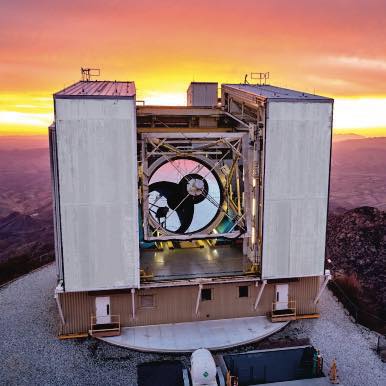
Image Credit: Fred Lawrence Whipple Observatory
The Ridge
The 1.5m Tillinghast (60 inches) and 1.2-meter (48 inches) reflector telescopes are used for the solar system, galactic and extragalactic astronomy. The Hungarian-made Automated Telescope (HAT) is an array of four 200mm optical refractor telescopes and a single reflector telescope that is used for robotic searches of variable stars and exoplanets. The MEarth array of eight 40cm optical reflector telescopes is also used for robotic searches for variable stars and exoplanets, and the MINERVA array of four 70cm optical reflector telescopes is used for robotic studies of exoplanets.
Visitor Center Area
The VERITAS array of four 12m reflectors is used for gamma-ray astronomy in the 50GeV-50TeV energy range.
Visiting
The Fred Lawrence Whipple Observatory is open 8:30 a.m.-4:30 p.m., Monday through Friday. Exhibits include models of the original 4.5m and a converted 6.5m Multiple Mirror Telescope, a three-dimensional model of galaxy distribution in the universe, and a touchable topographical map of the Santa Rita Mountains.
If you would like to tour the observatories, guided tours are offered on Mondays, Wednesdays and Fridays from mid-March through November. Tours start at the Visitor’s Center at 8:30 p.m., a presentation starts at 9 a.m., and a bus leaves at 9:30 a.m., returning at 3:30 p.m. Reservations are required to go on this tour.
There is also a Green Valley Public Lecture Series that takes place during the winter in Green Valley, Arizona.
Governor Aker Observatory
The dome of the Governor Aker Observatory was donated by the University of Arizona and has since been maintained by Eastern Arizona College. Located in Safford, Arizona, this fantastic observatory is part of the college’s Discovery Park Campus.
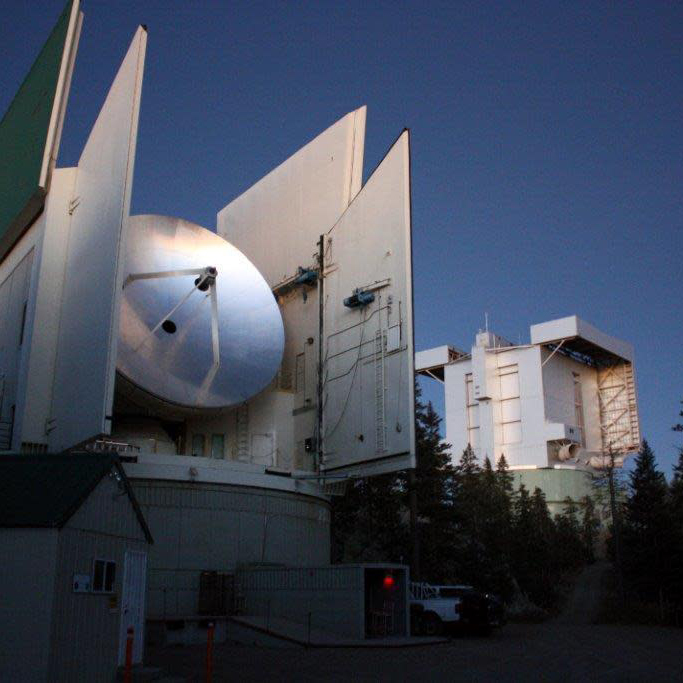
Telescopes
The main instrument housed at the Governor Aker Observatory is a research-grade 20-inch Cassegrain reflecting telescope.
Visiting
The Governor Aker Observatory offers free admission to those who would like to see the 20-inch telescope donated by the University of Arizona.
This observatory is open to the public Monday through Friday from 8 a.m. to 5 p.m. It is open 4 to 9:30 p.m. on Saturdays and is closed Sundays and holidays.
Kitt Peak National Observatories
Home to one the world’s largest arrays of optical and radio telescopes, Kitt Peak National Observatory encompasses many different types and sizes of telescopes.
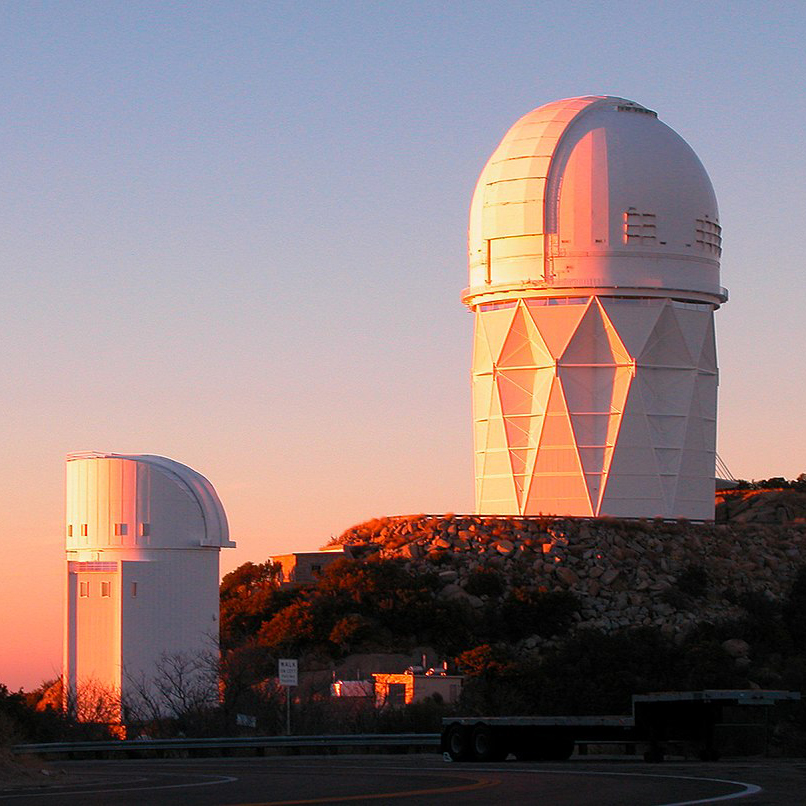
Visiting
Daytime guided tours will take visitors to three different large telescopes: the McMath-Pierce Solar Telescope, the 2.1m telescope, and the 4m Mayall Telescope.
There are also four evening star-gazing programs that will delight any beginning or experienced amateur astronomer.
The Nightly Observing Program
This is a family-oriented stargazing program that lasts four hours. It is a great introduction and sampler for beginning stargazers. The program consists of a light supper, followed by a beautiful sunset viewing. Next, participants will look at star charts and take a binocular tour of the night sky and be able to use the research-class telescopes.
This program is open seven nights a week throughout much of the year, the exception being July 15th through August 31st.
Reservations are required.
Dark Sky Discovery Program
This program is intended for a small audience of individuals that are 14 years and older, and is offered on nights with relatively little moonlight for telescope viewing of deep sky objects. It begins with a group orientation and a small supper in the Visitor Center. This is followed by a viewing of the sunset and afterwards, the group will proceed to a telescope for a more intimate group viewing.
Night of the Marvelous Moon
The Night of the Marvelous Moon is a program intended for a small audience and is recommended for viewers 14 years or older. It is offered on nights when the moon is exceptionally bright. Like the other two programs, it begins with a group orientation, a light supper, and a sunset viewing. Once the sun is down, smaller groups of 10 or fewer will be taken by a guide for an immersive telescope viewing experience of the moon.
Overnight Telescope Observing Program
Perhaps the most immersive program offered at Kitt Peak is a private, overnight telescope observing program. It includes exclusive use of one of the Visitor Center’s research-grade telescopes and a personalized program driven by the group’s interests and goals. Participants can observe through the telescope, take astro-images using a Webcam, DSLR, or CCD camera, or do a combination of both.
Three meals are included, as are assigned dormitory rooms. Reservations must be made at least 30 days in advance and it is not offered July through August.
This radio observatory has two radio telescopes located on Kitt Peak, just southwest of Tucson and Mt. Graham in Safford, Arizona.
Radio Telescopes
The first of the two radio telescopes is the 12 M Alma Prototype Telescope located at Kitt Peak, and the second is the Submillimeter Telescope at Mt. Graham.
Visiting
The Arizona Radio Observatory visiting offices are centrally located in the Steward Observatory building on the University of Arizona campus in Tucson, Arizona.
Lowell Observatory
The Lowell Observatory is in Flagstaff, Arizona. It was founded by Percival Lowell in 1894. He was a wealthy businessman, mathematician and astronomer from Boston. Since then, the Lowell Observatory has been recognized as a Registered National Historic Landmark by the National Park Service. It has also been recognized as an Arizona Treasure by Arizona Governor Janet Napolitano. The previous First Lady, Hillary Clinton, even included the observatory in her Save America’s Treasures program. As if those honors weren’t enough, in 2011, the observatory gained more prestige when it was named one of “The World’s 100 Most Important Places.”
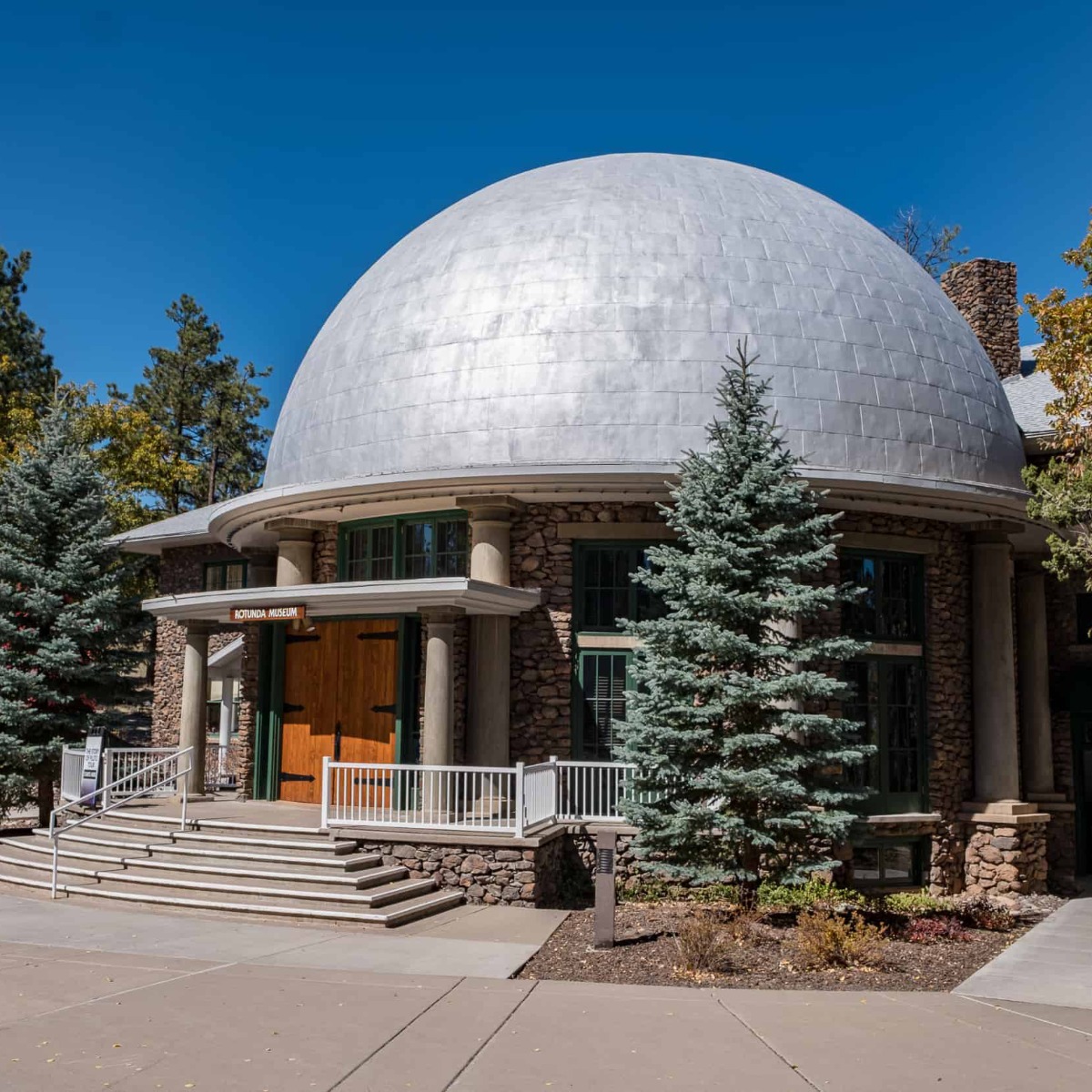
Visiting
Guided tours are offered at the Lowell Observatory, allowing visitors to walk the famous path that Clyde Tombaugh took the night he discovered Pluto. You’ll also enjoy your choice of several multimedia shows, exhibits, live presentations, and an immersive space theatre experience through the wonder of SlipherVision. Don’t forget to check out the sun during the day and the stars at night if you’re lucky enough to have clear skies. The Lowell Observatory is open Monday through Saturday from 10 a.m. to 10 p.m. and Sunday 10 a.m. to 5 p.m.
Please Note: There are so many tours and programs going on at Lowell that we recommend you check their website for the latest times on the day you plan to visit.
Below is a sampling of the programs and exhibits listed when we visited the site:
- The Solar Program explores the sun with a specially-equipped solar telescope and is normally scheduled for 10 a.m., 1 p.m., and 4 p.m.
- The Daytime Guided Tours consist of “The Story of Pluto” at 11 a.m. and 2 p.m., and “The Lowell Tour” which features the renowned 24-inch Clark Refracting Telescope (built in 1869 and still used today), at noon and 3 p.m.
- The Rotunda Museum, which was completed in 1916 and houses some of the precious artifacts from Lowell Observatory history.
- The Putnam Collection Center Open House, an exhibit only open 1-2 p.m. Monday through Saturday. This exhibit features Percival Lowell’s 1911 Steven-Duryea automobile and other historic artifacts.
- The Flyby, which offers visitors a chance to learn about the highlights of NASA’s New Horizons Mission that flew by Pluto on July 15th, 2015. It takes place nightly at 7 p.m., excluding Sunday.
- Lunar Legacy is an exhibit that highlights important lunar maps made by joint efforts between artists and scientists. It will run through the end of 2019.
- Evening Programming. During the evening hours, enjoy several programs that are designed to teach you about the stars, galaxies, and the solar system. And of course, a trip to Lowell wouldn’t be complete without a look through it’s famous 24-inch Clark Refractor! Check the website for the latest times, and remember that telescope viewing only takes place when the weather permits it.
Steward Observatory
The Steward Observatory was established in 1916 and dedicated in 1923. The observatory, originally built on an ostrich farm in Tucson, was moved to Kitt Peak in 1963 in a quest for darker skies.
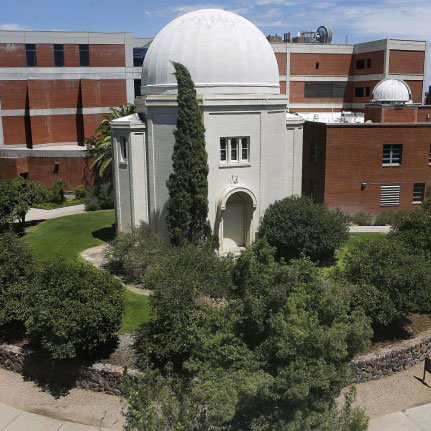
Image Credit: Mike Christy / ADS
Telescopes
The observatory’s 36-inch Newtonian was the first astronomical telescope to be built entirely of American-made products. A smaller 20-inch Cassegrain telescope was added for student use once the observatory was moved to Kitt Peak.
The scientists at the Steward Observatory have key roles in major space missions, such as the Hubble Space Telescope and the Space Infrared Telescope. With such success, the Steward Observatory has established several divisions, such as the ones stationed on Mt. Lemmon and Mt. Graham.
Mount Lemmon SkyCenter
The Mount Lemmon SkyCenter seeks to strengthen interest in science and astronomy through premium educational and public outreach experiences. Part of the University of Arizona’s Steward Observatory and the Department of Astronomy, The SkyCenter is located at the Mount Lemmon Observatory site and operates under permit from the U.S. Forest Service.
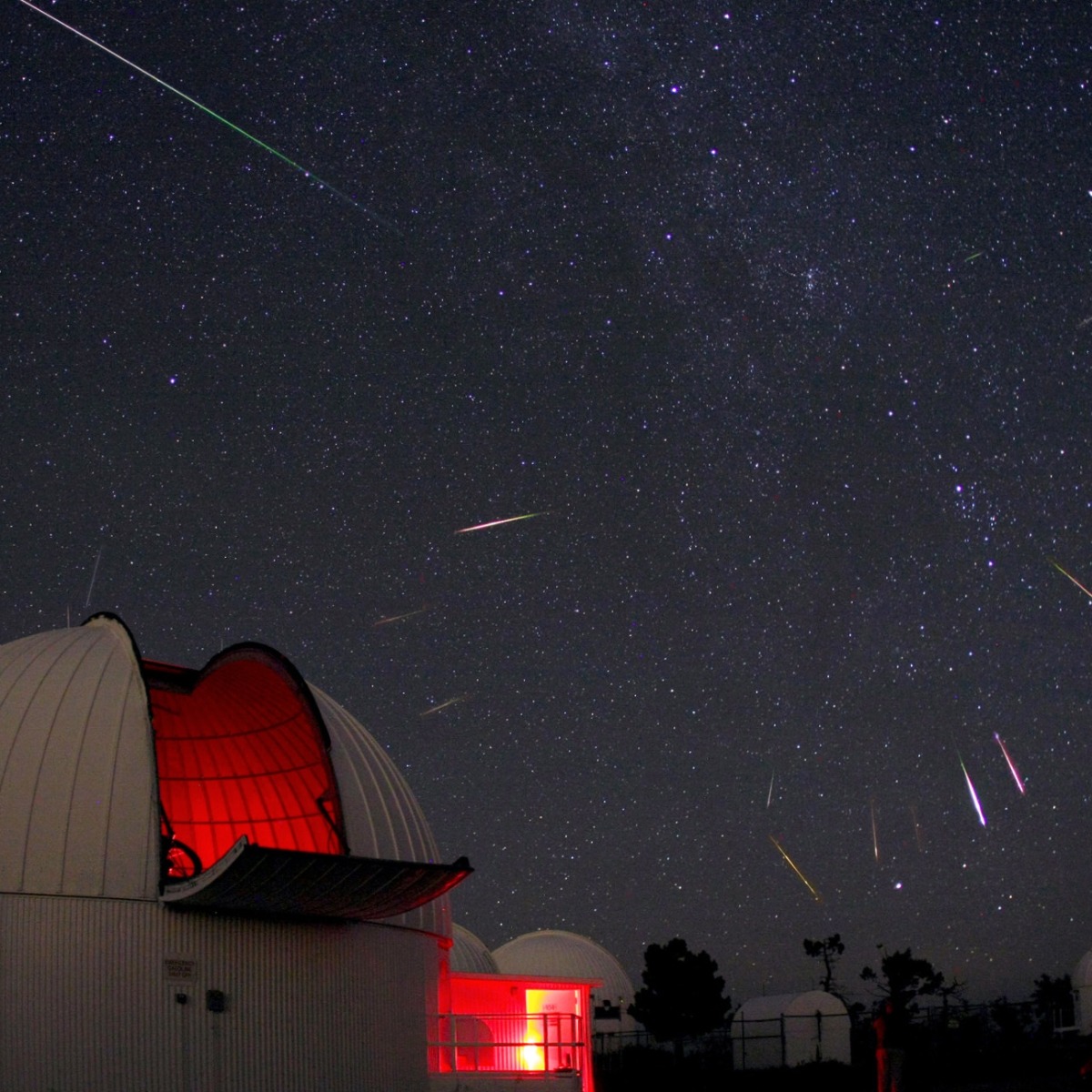
Image Credit: Mt. Lemmon SkyCenter
Telescopes
The Mount Lemmon Observatory is home to 7 research telescopes including the 1.52m (60-inch) and 1.0m (40-inch) Steward Observatory Telescopes used by the Catalina Sky Survey; a 1.52m (60-inch) Dahl-Kirkham optical/near-infrared telescope operated by the University of Minnesota; a 1.0m (39-inch) robotic telescope and a .5m (20-inch) robotic telescope operated by the Korea Astronomy Space Science Institute; a 50-inch reflector operated by the University of Florida; and a 24-inch telescope operated by Louisville University.
In addition, there are 2 telescopes dedicated for public outreach and education through the Mount Lemmon SkyCenter: The Schulman .8m (32-inch) and the Phillips .6m (24-inch) telescopes. These are two of the largest telescopes fully dedicated to public access in the southwest.
Visiting
Programs conducted at the Mount Lemmon SkyCenter consist of Stargazing Programs, Day Tours and Solar Viewings, Astronomer Nights, Private and Semi-Private astronomy events, and other special programs. Advance reservations are required, and tickets are available online at the Mount Lemmon SkyCenter website.
Mt. Graham International Observatories
Also a division of the Steward Observatory, the Mt. Graham International Observatories are located at the eastern base of Mount Graham, just six miles south of Safford, Arizona.
Telescopes
The research telescopes located at the Mt. Graham International Observatories are the Vatican Advanced Technology Telescope, the Heinrich Hertz Submillimeter Telescope, and the Large Binocular Telescope.
Visiting
The official Mt. Graham International Observatories Visitors Center is located on the Eastern Arizona Discovery Park Campus. The observatory conducts weekly tours that begin mid-May and go through October. Advanced reservations are required when planning to go on a tour.
Large Binocular Telescope Observatory
Located on Mt. Graham in Arizona, the Large Binocular Telescope Observatory (LBTO) has two identical 8.4m telescopes mounted side-by-side. They are on a common altitude-azimuth mounting for a combined collecting area of an 11.8m telescope. LBTO headquarters is located on the Tucson campus of the University of Arizona.
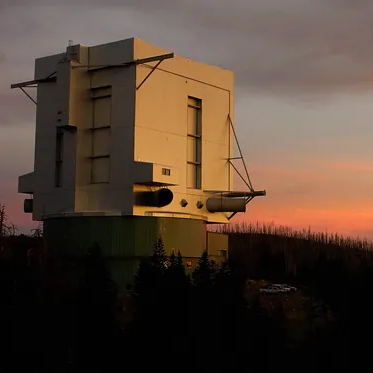
Image Credit: David S. Steele / Large Binocular Telescope Observatory
Visiting
The official Mt. Graham International Observatories Visitors Center is located on the Eastern Arizona Discovery Park Campus. The observatory conducts weekly tours, which include a visit to the LBTO, beginning in mid-May and running through October. Advanced reservations are required when planning to go on a tour.
Patterson Observatory
Opened in 2004, this observatory, located on the University of Arizona Sierra Vista campus, is owned and maintained by the University South Foundation, Inc. While it is owned by the foundation, the local astronomy club, Huachuca Astronomy, has taken the reins and the volunteers operate the observatory and host Public Viewing nights.
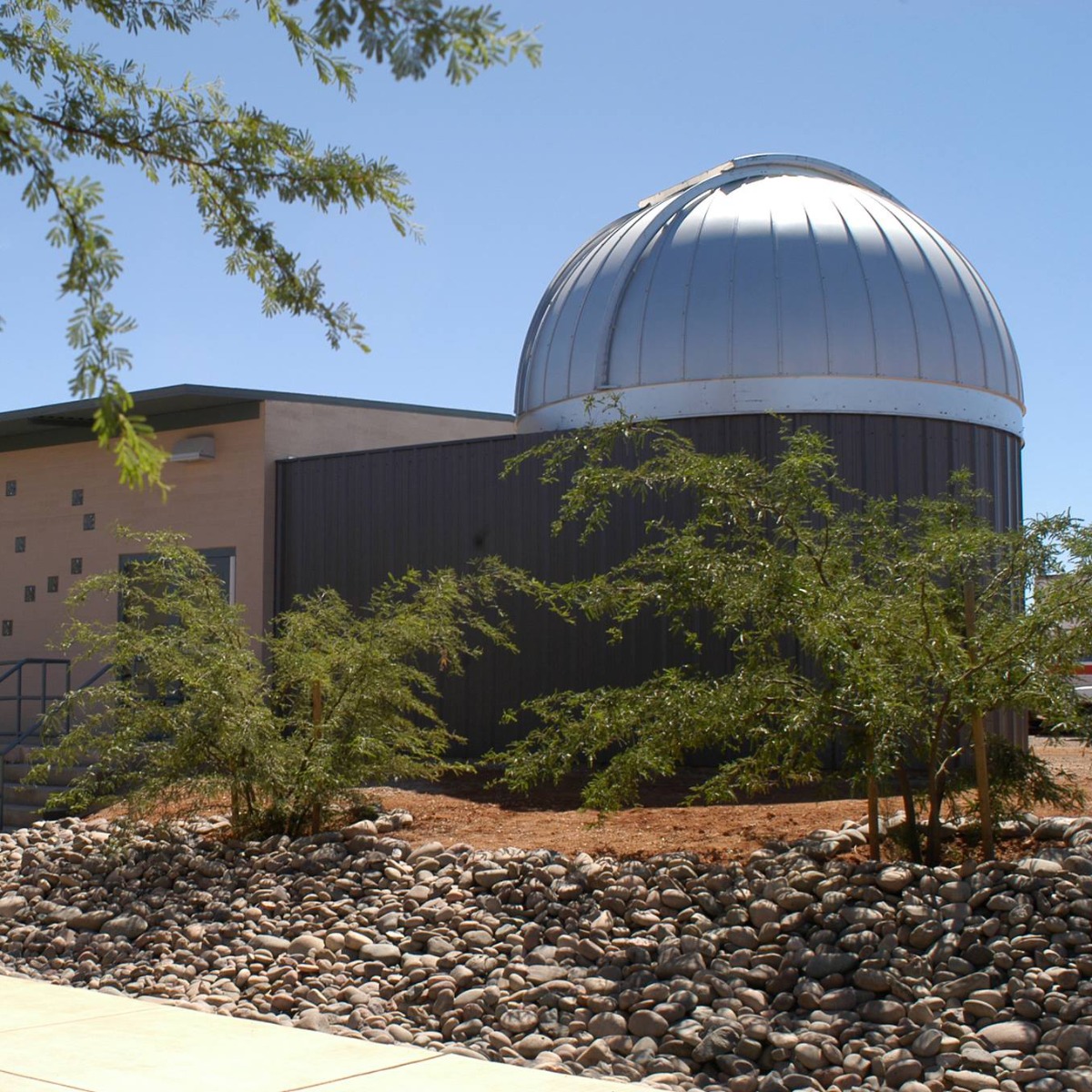
Image Credit: Patterson Observatory
Featured Telescope
The featured telescope at the Patterson Observatory is a fork-mounted 20-inch f/8.1 Ritchey-Chrétien reflector under a 16-foot dome.
Public Nights
A great way for fellow amateur astronomers to get together and explore the night sky, the Patterson Observatory offers public viewing nights once a month on the Thursday closest to the first quarter moon. It is free and a family event that starts just a half hour after sunset. These events may be canceled due to weather conditions and are not held during the months of July and August due to monsoon season.

Shop Telescopes and More
At High Point Scientific, we’re hobbyists just like you! That’s why we offer a wide variety of telescopes and accessories from some of the top manufacturers in the industry. Browse scientific telescopes, telescope mounts and more for your home telescope observatory. Have a question or need more information? Contact us today!
This Article was Last Updated on 07/25/2023

